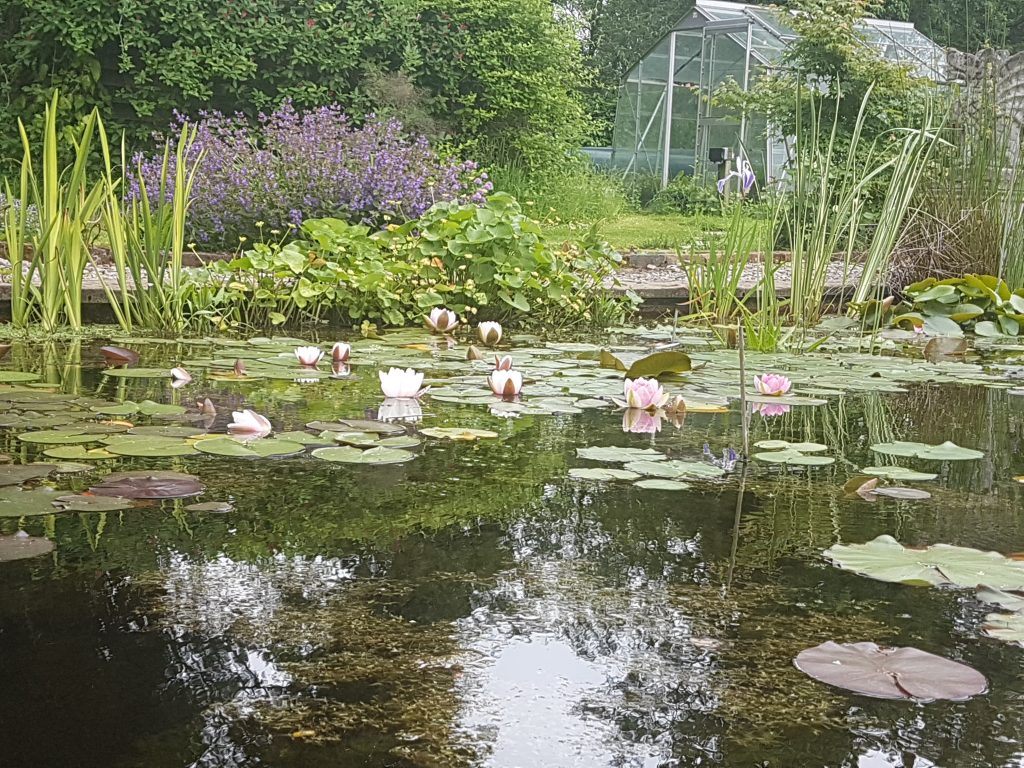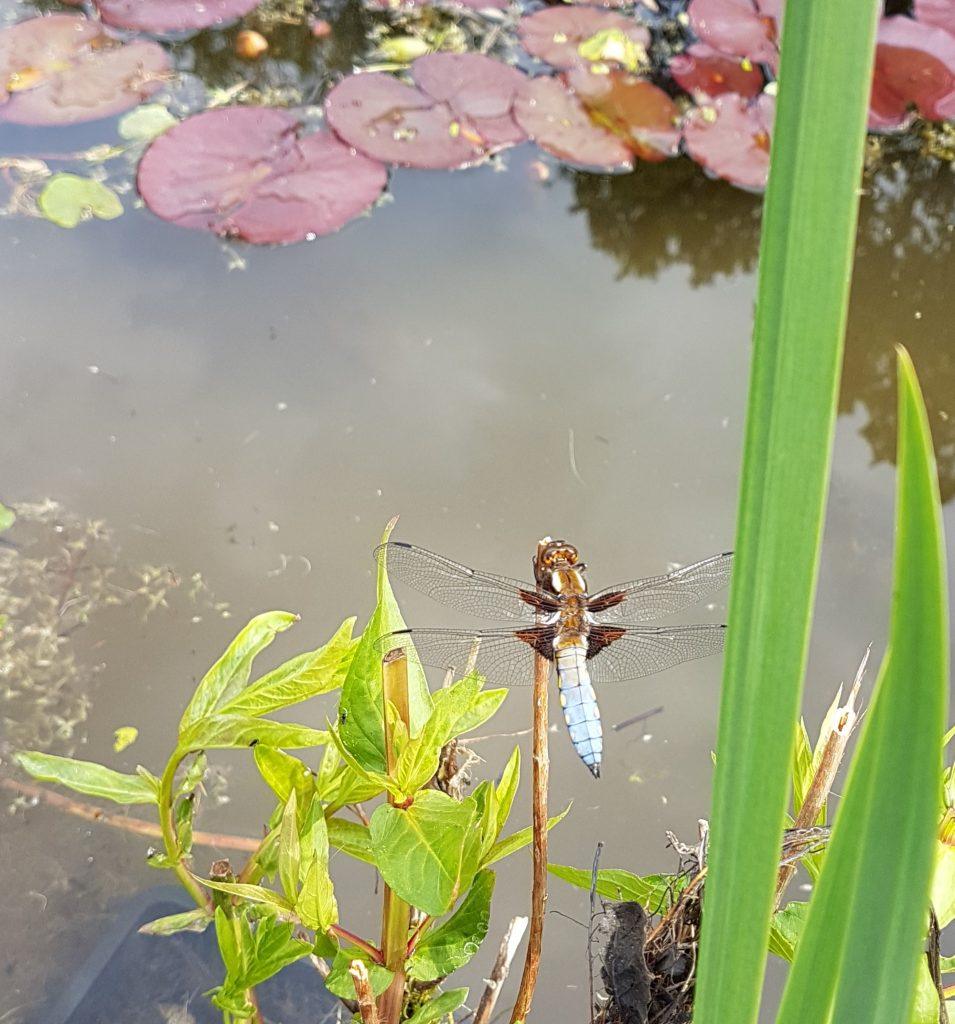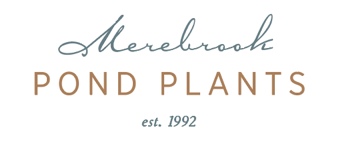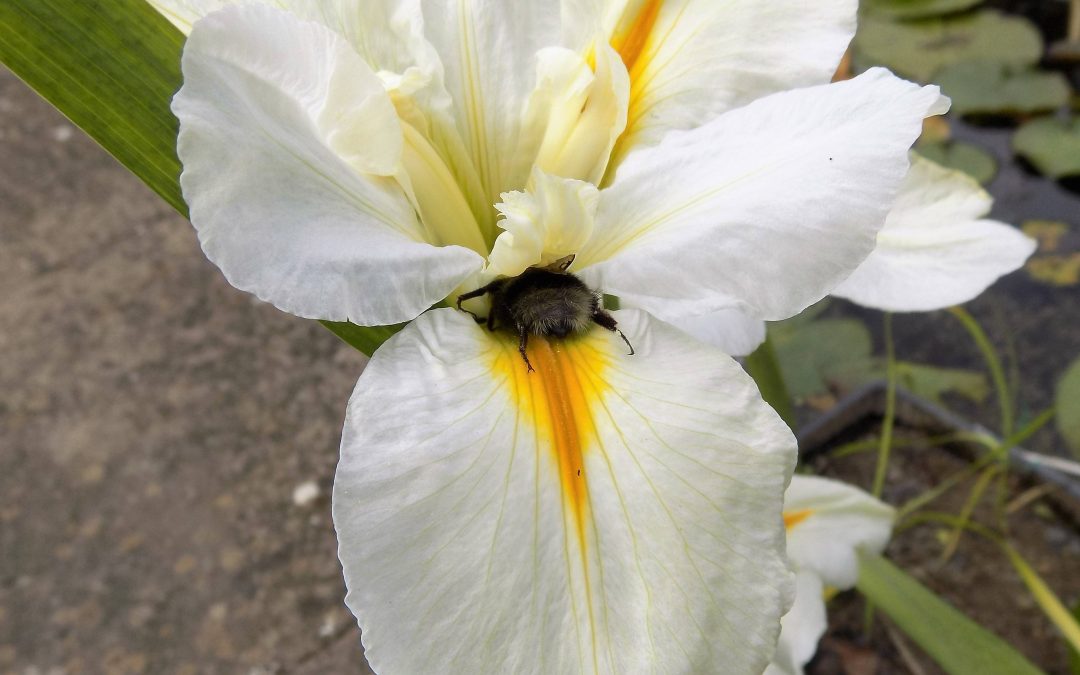If you dig, they will come
Whether you want a wildlife pond, formal water feature or a koi pool, you need to plan the project carefully. Each type of pool, pond or lake, requires a different approach right from the start. In this blog we are going to walk you through four things to consider before creating a wildlife pond that will attract pollinators like bees and moths, amphibians, all manner of mini beasts, birds and small mammals.
1. Your pond is more than just a wet flower bed
 When most people talk about having a wildlife pond,they are looking for two things. Firstly, to attract more wildlife to their gardens and secondly a natural-looking pool rather than a formal water feature.
When most people talk about having a wildlife pond,they are looking for two things. Firstly, to attract more wildlife to their gardens and secondly a natural-looking pool rather than a formal water feature.
Attracting wildlife is actually pretty easy! In fact we find keeping wildlife out of your pond can be more of a challenge! There are a few things you can do to help encourage wild visitors and a few things you should definitely avoid!
As with so many things, the ‘natural look’ takes a little bit of careful planning to achieve. Firstly, don’t just think about all the wildlife, also consider what’s best for you. After all, it would be such a shame to spend time and energy creating this lovely habitat for you not to be able to enjoy it (and your guests) too! If you tuck your pond out of sight, or somewhere inconvenient, not only will you not know who’s visiting, but it’s also more likely to be neglected.
Taking everything into consideration, the best place for your pond is somewhere where you will see it every time you’re in the garden – and hopefully from the house too! Don’t worry about scaring off the wildlife. If the pond is in full sun, all the plants will grow well. If the plants all grow well, then you will attract all sorts of wild things to your pond.
2. A hole in the ground filled with water is not a pond
Too often we are called for advice from people who have ‘dug a hole’ wondering why they don’t have the pond they imagined. There’s quite a bit more to building a successful and practical pond than a hole filled with water.
These days, using a rubber liner, you can make your pond any shape you choose. The key thing is not to dig your pond too deep. We would advise you keep it to under a metre. Few plants, especially water lilies, flourish where the water is any deeper than that.
You should also incorporate a few shelves at the edge of the pond at differing heights for marginal plants. If you have the space you can also create a boggy area at the edges for bog plants. Be mindful of the water level. In order for your pond to flourish you need reliable level, not one that floods in winter or dries out in summer. Check out my blog on Practical Tips for Building a Pond for more details.
A well planted pond is the only way you’ll attract and encourage wildlife into your garden. Think about planting plans before you start construction. Different plants need different water depths. Knowing what you plan to grow before digging your pond means you can give your plants the best home to grow in.
Carefully planted, a pond will find a balance that will keep it happy and flourishing for years.
3. A healthy pond has a unique ecosystem
Even in this country, a pond is a watering hole for the local wildlife. Most of the mini beasts in your garden will visit the pond regularly but few will spend any considerable time actually in the water. It’s important to consider how your wildlife visitors will be able to get in and out of your pond. Don’t forget to provide some foliage cover with adjacent planting to give your guests a safe root to and from the water.
Providing an open and exposed beach is great for larger local fauna like hedgehogs, birds and squirrels, but definitely not a safe route for smaller vulnerable critters. Your marginal planting baskets, however, will offer multiple access points for wildlife. Position them reasonably close to the sides of the pond so everyone can access the pond safely. They can also provide an essential exit route if something accidentally falls in.
4. Wildlife ponds do not have to be native
 Native is not necessarily best!! Many native plants are terribly vigorous and will overwhelm a garden pond in no time. The plants that are best for the critters are those that are healthy and happy. Plants need to be able to grow to an appropriate size for your pond, and like Topsy they do grow, so think carefully about the size of each variety and the space that’s available for each plant.
Native is not necessarily best!! Many native plants are terribly vigorous and will overwhelm a garden pond in no time. The plants that are best for the critters are those that are healthy and happy. Plants need to be able to grow to an appropriate size for your pond, and like Topsy they do grow, so think carefully about the size of each variety and the space that’s available for each plant.
Obviously tall plants, like Louisiana irises, need bigger baskets or they will get blown over. You certainly need flowering plants for each season for the pollinators, taller sedges, like juncus effuses, for emerging dragon and damsel flies and low growing leafy plants, like veronica beccabunga, to provide cover for creeping things. You also need oxygenating plants that grow in the water to hide baby fish, amphibian eggs and tadpoles, and cover for the surface of the pond in Summer, like water lilies – we would say that wouldn’t we?
Need some support?
If you need help just send us a photo of you pond with some idea about the depths and a wish list of plants and we’ll let you know if any of the plants isn’t suitable. At the end of the day it’s about what you want in your garden that will make you happy and happy water gardening is what we’re about.

